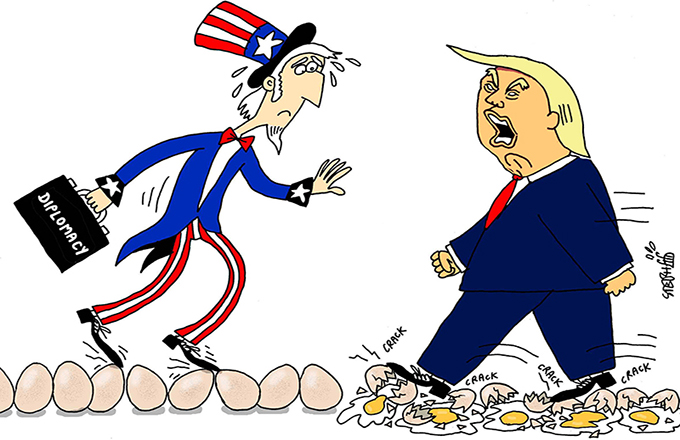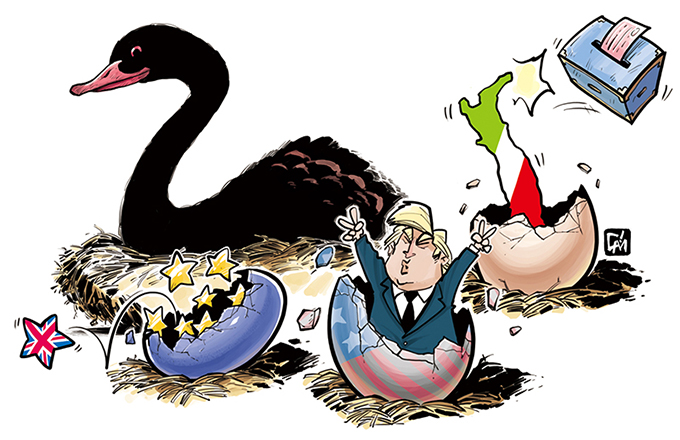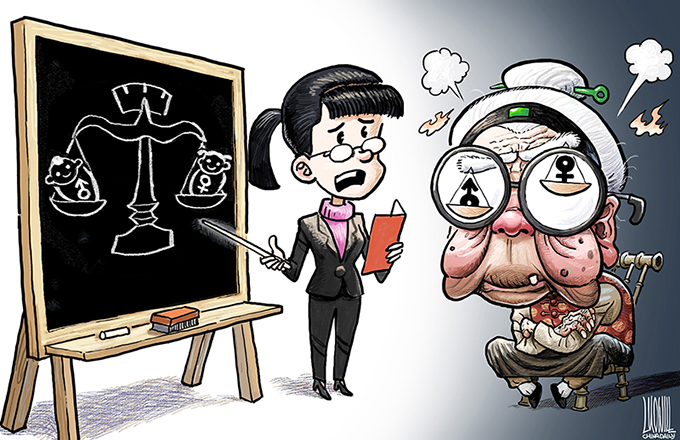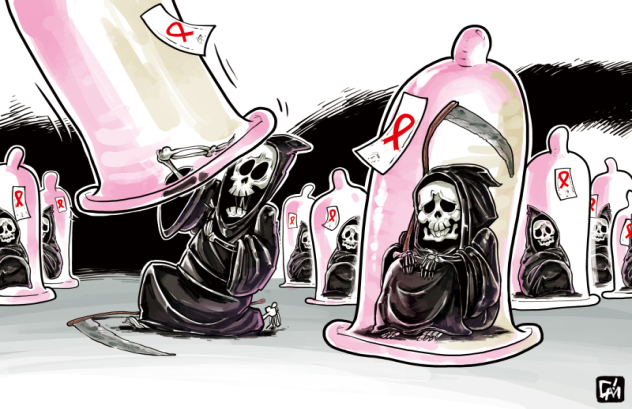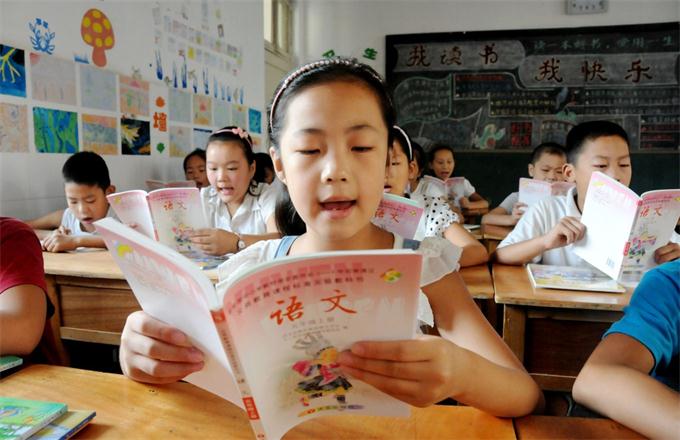Only development path that suits real conditions can revive northeast
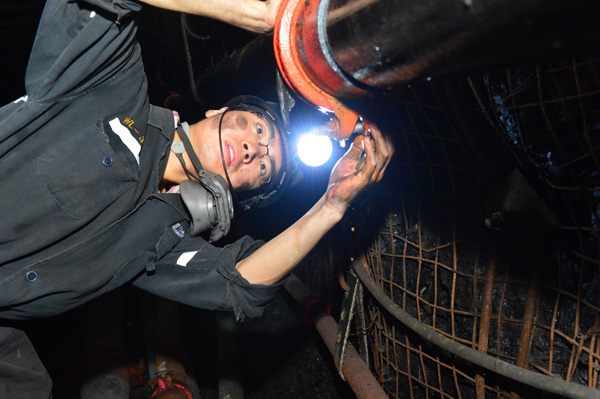 |
|
A man repairs equipment at the Wanglou Mine in Jining, Shandong province. [Provided to China Daily] |
China has, again, issued a guideline to boost the sagging economy of its three northeast provinces, a rust belt that suffers from slowing growth, outflow of investment and exodus of professionals. The guideline is welcome because Liaoning, Jilin and Heilongjiang provinces were once a major pillar of the national economy.
Liaoning province, once a leading economy of the country, registered a minus 2.2 percent growth rate in the first three quarters of this year compared with the same period in 2015. Jilin and Heilongjiang achieved better performances, but in contrast to their industrial clout some decades ago, they have now become the economic underdogs in China.
The policy's tone this time remains roughly unchanged from the previous ones. Since early this century, China has repeatedly called for boosting the northeast's economy. In 2003, it issued a new policy to rejuvenate the region, more than 10 years later, this national strategy has suffered a setback and a new way has to be found to meet the goal.
Experts from both home and abroad have come to various conclusions on the causes of the region's decline and how to revive it. But they have often neglected one thing: even if the right strategy is found and seriously implemented, it will take a long time for a rust belt to blaze a new development trail and catch up with the countries' leading regions.
This rise and fall of an industrial region is not exclusive to China. It has happened in much more developed economies, such as the Five Lakes region of the United States and the Ruhr region of Germany. Those regions, as China's northeast provinces, too suffered from resource depletion and failed to sustain normal growth rates after achieving glaring growth rates for decades.
Take the Ruhr region for example. In the 1970s, the German economy started feeling the impact of the then global economic crisis and rocketing oil prices, with the Ruhr region, famous for its coal and steel industries (similar to China's northeast region), being the worst hit in the country. After 40 years of struggle and restructuring, the Ruhr region has recovered some of its economic health, but that is far from satisfactory, with its unemployment rate remaining high.
The situation is even worse in the traditional heavy industry-centered regions of the US. Detroit, Michigan, for example, hit headlines across the world in 2013 for filing for bankruptcy, signifying the failure of the traditional industrial heavyweight to emerge out of the economic downturn.
China made unsuccessful attempts to revive the northeast economy in the decade before 2012. Since 2003, the central government has given fiscal and policy support to the region, but it seems that the focus has been put on raising the region's GDP figures, perhaps unconsciously downplaying the importance of systematic and structural reform that is crucial for long-term vitality. It could be a major cause of the region's current predicament.
But obviously, 10 years are not enough to solve all the problems that have accumulated in the northeast region over the past few decades.
Many experts have concluded that the region needs to adjust its economic structure to achieve a more balanced growth, build a more clean, transparent and efficient administrative and legal system to facilitate business, and improve its social security network to ensure people are not deprived of their livelihoods during the difficult transition period. These suggestions are probably right, but it would take time to implement them even if local policymakers and ordinary residents reach a consensus.
For now, the top priority for the region should not be high GDP growth rate. Rather, the central government should help it chart out a proper development path that fits its real conditions and ensure the region sticks to it, as consistent policies are of vital importance to businesses, investors and the long-term development of the region.
The author is a senior writer with China Daily.
xinzhiming@chinadaily.com.cn


